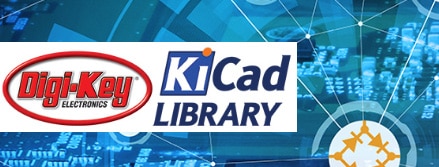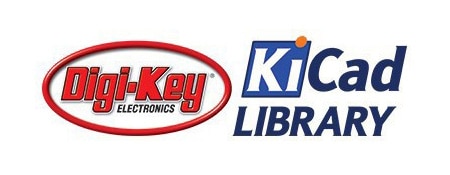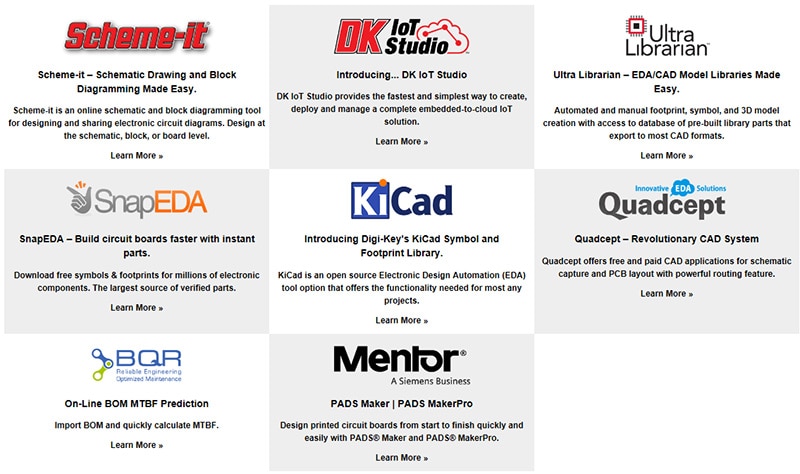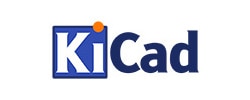The Value of Atomic Libraries in EDA
There has been a heated debate over atomic vs. loosely coupled libraries in EDA tools that has spanned generations. I am not willing to take one side or the other, but I am willing to give my two cents on what value I find in using atomic libraries. Before I do, let me define atomic and loosely coupled libraries. Atomic libraries are those that have symbols and footprints already linked and the associated data, such as part number, is associated. Loosely coupled libraries are those that the symbol and the footprint are not pre-assigned, and there is little to no specific part data that exists.

Atomic libraries allow me to do a lot up front while I’m putting together my schematic. Not only am I selecting a fully orderable part that can be placed in a BOM, I am selecting the footprint to be placed on my board. Fully atomic libraries generally include data about the part itself, or at least a fast link to the data that allows the design to flow easier as I look up pinouts and pertinent specs about the part.
I also find myself re-using certain parts from one design to another because they are convenient. With the atomic library, they are even more convenient.
Of course, I must disclose my slight bias; I was one of many that worked on and helped create the DigiKey KiCad Library. I encourage you to try it, you might find more value in it than you think.
If this blog caught your eye, check out KiCon (coming up soon – April 26th - 27th, 2019) where I will be giving a brief talk on how the DigiKey KiCad library came to be.

Have questions or comments? Continue the conversation on TechForum, DigiKey's online community and technical resource.
Visit TechForum









